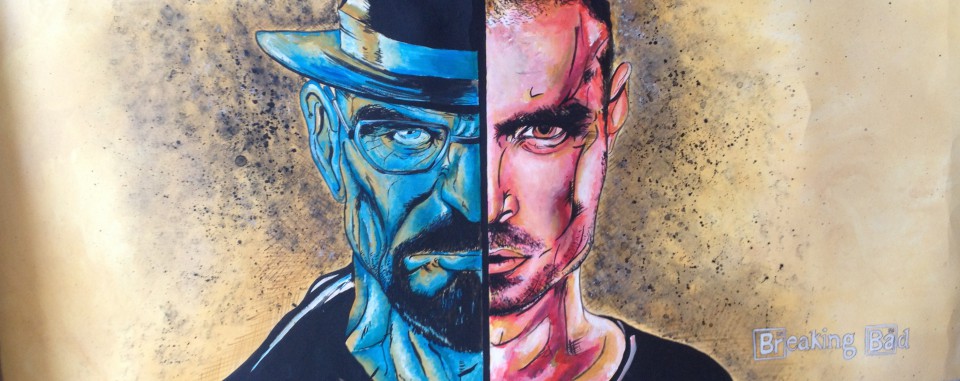Tags
Book, Cinema, Crime, Crime Drama, Drama, Emily Blunt, Film, Film Review, Luke Evans, Megan Hipwell, Movie, Movie Review, Murder, Mystery Novel, Novel, Paula Hawkins, The Girl on the Train, Thriller
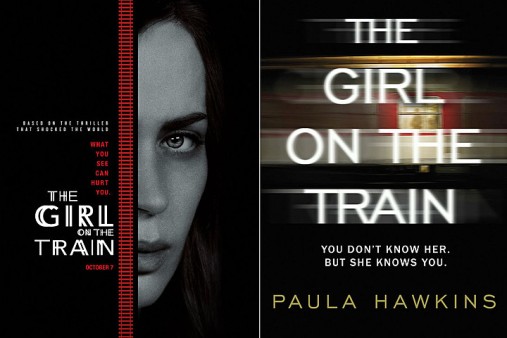
via controllercompaniesdotcom.files.wordpress.com
Paula Hawkins’ “The Girl on the Train” was an excellent book. It had everything that a good murder mystery novel should have; complex characters, an unreliable narrator, and an array of suspects that all felt viable. It was interesting and intelligent even though the conclusion was a little lacklustre, and there was no reason that this film couldn’t replicate its success.
However, upon the film’s release I was worried by a collection of mixed reviews. Nobody went as far as to crucify the movie, but a lot of people said that it didn’t live up to expectations, with its saving grace being Emily Blunt’s lead performance. Having seen it, I can say that I agree in part. “The Girl on the Train” wasn’t as compelling on the screen as it was on the page, and this was mainly due to a lack of intrigue caused by a questionable structure, but it wasn’t a bad movie. In fact, I’d say that it was pretty good.
I enjoyed my time in the cinema and I thought that the majority of the cast did a commendable job of realising their characters as established in the book. Haley Bennett was fantastic as Megan Hipwell, perfectly embodying the character as I imagined her and also giving an emotionally charged performance, and Luke Evans was an ideal fit for Scott. Still, I had my reservations about Emily Blunt playing Rachel from the start, and I think I was right to have those doubts. She gave a powerful and committed performance, but she wasn’t the right choice for the character.
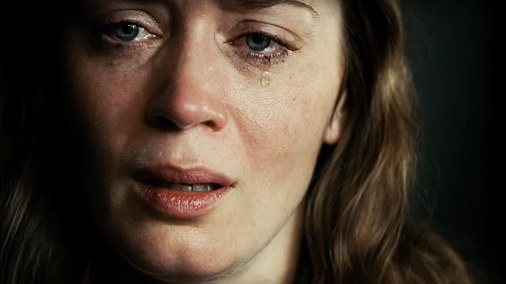
via pinimg.com
Blunt’s performance was a good one, but she turned the character into something that she wasn’t meant to be, and it didn’t work for me as a whole. This appeared to be an intentional effort to cast an actress who could make Rachel a believable suspect, but it changed the tone of the film to an almost unrecognisable degree, making it a jarring experience to begin with. As the film progressed the decision made more sense to me, and eventually I came around to the revised version of Rachel, so much so that the book version of the character left my mind and I was able to enjoy the movie. Nevertheless, I feel that changing the nature of the character represents a missed opportunity, because this film would’ve been great rather than good had it been adapted more faithfully.
To make Rachel the prime suspect for Megan’s murder the writers had to take a few liberties, omitting important aspects of the story from the book which in turn changed the characters involved. (SPOILER ALERT) In the book Scott was the most obvious candidate to have murdered Megan – he had a motive given that she was cheating on him, and he was established as a jealous and physically imposing spouse. He clearly loved Megan, but this didn’t make it any less likely for him to have killed her in a fit of passionate rage. This was only enhanced when Scott slept with Rachel just after Megan’s disappearance, an action not particularly fitting of a grieving husband.
Whether or not you read this as the act of a lonely and desperate man responding to the needs of a woman that he believed to be helping him, or that of a murderer only concerned with his own interests, was entirely up to you as the reader, which made the experience incredibly compelling.
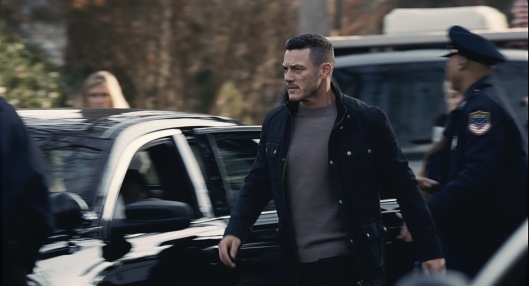
via atrix.co.uk
Sadly, this scene didn’t appear in the film. Scott didn’t sleep with Rachel, nor did he attack her with the same viciousness that he did in the book when he finally found out that she was lying to him, so when he was proposed as the killer by Rachel it seemed entirely implausible. He didn’t feel like a murderer, if anything his actions were wholly justified by the situation that he found himself in, so it was hard to believe that anyone other than Rachel could be the killer… but at the same time you knew that she wasn’t.
There wouldn’t have been half as much hype surrounding the book if the most obvious candidate for killing Megan was in fact the killer, so anyone watching the film should’ve known that someone largely ignored committed the crime.
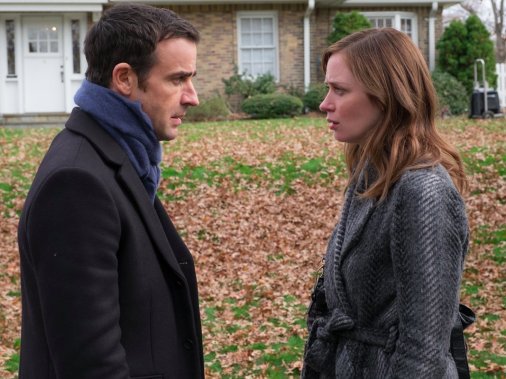
via businessinsider.com
Having read the book already it was pretty apparent to me who that person was; by which I mean that he stuck out like a sore thumb in the context of the film. This was a shame because in the book I didn’t figure out what was going on till very late on, even though I had ruled out all the other suspects. For some reason I hadn’t realised the clear motive that the killer had for doing what he did, even though it fit perfectly with the themes of the book and also humanised all the misdeeds of the main character, which made me appreciate the writing even more than I already had done. This same appreciation wasn’t evoked by the way that the film was written, which for me represents the biggest criticism that I can pose to “The Girl on the Train”, and also explains why I would class it as a missed opportunity even though I enjoyed it.
Ultimately, “The Girl on the Train” is decent but could’ve been exceptional. There’s nothing particularly bad about it, but given the fact that the source material was so great it’s hard not to feel like it should’ve been better. Whether or not the writers tinkered with the story or the film was altered due to editing is unclear, but this film’s structure hampered it from the start as mystery was forsaken in service of positioning Rachel as the prime suspect for Megan’s murder. I liked the film, but I loved the book, and I feel that with a few better choices this movie could’ve lived up to its potential.
7/10
